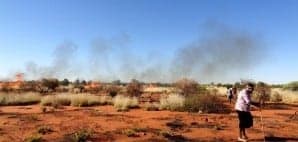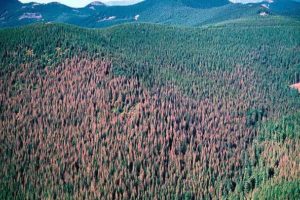ecosystem
NJIT professor helps make case in Science for better biodiversity
In a Policy Forum article in today’s issue of Science, a group of leading biodiversity scientists, including NJIT’s Daniel Bunker, have argued that targets to be met by 2020 under the Convention on Biological Diversity (CBD) must consider the real v…
Yellowstone wolves, grizzlies and moose 'dysfunctional,' study says
A recent study warns that a proposal to remove grizzly bears and wolves living in the Greater Yellowstone Ecosystem from the Endangered Species List is premature, because neither species may be fully recovered. Federal officials are now moving to delist the largest carnivores of the Greater Yellowstone Ecosystem, citing rising population levels of grizzly bears and wolves as evidence of conservation success. However, the authors of the study say that a simple increase in numbers of wolves and bears does not necessarily mean full ecological recovery. The authors looked at how these formerly absent predators are interacting with moose populations, and found that predator/prey relationships in GYE may show signs of dysfunction.
Break out the poison, boys
A panel of scientists has determined that poison is the best way to rid a Maryland pond of the carnivorous northern snakehead. The fish, a native of China, was introduced into the pond by a pet owner who tired of caring for the animals. Only problem is, the snakeheads are eating everything in sight, devastating the pond’s ecosystem. Worse, the insatiable critters can last three days out of water, often traveling short distances across land on their fins. And the Little Patuxent River is about 75 yards away. According to the Associated Press, “The panel considered several ways to get rid of the snakeheads, including removing them through trapping, netting and electroshock stunning. But those options would not ensure that every last fish was killed. The group also considered draining and filtering the pond, but that posed logistical difficulties.”


